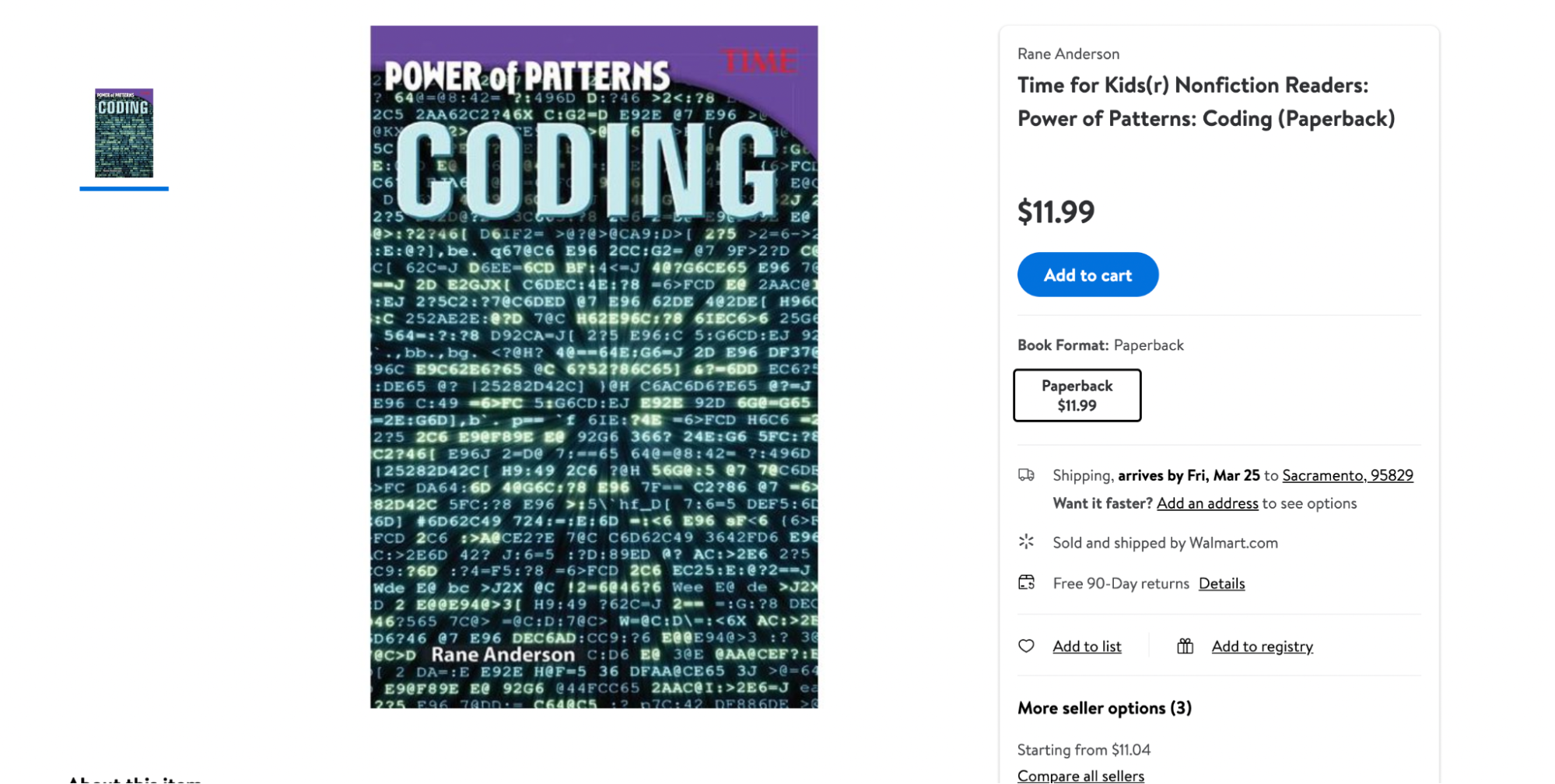When it comes to software testing, ‘test scenario’ and ‘test case’ are the two common terms that you usually come across. Many individuals, however, get these two terms mixed up. It is important to note that the two terms, test scenario and test case, are different.
We can refer to a test scenario as an umbrella term for a test case. Meaning that a test scenario can cover one or more test cases.
Software testing is an indispensable aspect of the software development life cycle (SDLC). It ensures that software products are free from defects and meet the quality standards and the specified requirements. Test scenarios play a vital role in software testing that helps testers identify and fix bugs or errors.
If you are not aware of test scenarios and want to explore more about the same, this blog post is for you.
Through this article, we will help you understand what exactly a test scenario is, the need for test scenarios, and the steps to write test scenarios. Further, we shall discuss the major differences between a test scenario and a test case. Finally, we will move on to the examples of test scenarios.
So, let us begin!
What is a Test Scenario?
A test scenario is any functionality of a software application that can be tested. It is used to perform end-to-end testing of the functionality of a software product. Generally, testers derive a test scenario from the use cases of an application.
Alternatively, we can think of a test scenario as a document or record of how users will interact with an application. It also includes a situation that users may undergo while using the application.
A test scenario is also called Test Condition or Test Possibility. It is associated with multiple positive and negative test cases and results in a long testing process. Hence, we can map the relationship between a test scenario and test cases to a one-to-many relationship.
The primary purpose of creating test scenarios is to ensure that each and every functionality of an application under test (AUT) functions as expected. Test scenarios play a crucial role in verifying the overall functionality and performance of the application from the end user's perspective.
Therefore, testers need to put themselves in the end user's shoes and determine various real-world scenarios that a software system will have to handle when made publicly available.
Need for Creating Test Scenarios
As mentioned above, test scenarios are very significant in ensuring the overall performance of an application under test. Therefore, one of the primary needs for creating test scenarios is to verify the application’s performance. Besides this, there are many other reasons that define the need for cheating test scenarios. They are as listed below:
- Test scenarios ensure complete test coverage.
- Business analysts, developers, and customers are responsible for approving the test scenarios created by testers. This ensures that the test scenarios will cover everything that testers need to test before making the software application live.
- They help testers to estimate the effort required to perform testing. Also, test scenarios help testers to plan and organize the testing process and serve as a proposal for clients.
- Test scenarios help in determining end-to-end user flows of the software product. As a result, testers can organize the testing process according to the priority of the application’s features.
Essential Steps to Create Test Scenarios
The following are the five essential and simple steps to create effective test scenarios:
- Initially, it is important to read all the requirement documents carefully. These requirement documents include Functional Requirement Specification (FRS), Software Requirement Specification (SRS), and Business Requirement Specification (BRS) concerned with the application under test.
- Next, isolate all the requirements and determine all the possible user actions for each requirement that need to be tested. You need to find out the technical specifications of each requirement. Also, you must evaluate the application under the test and analyze all the system abuse scenarios from a hacker’s perspective.
- Later, enlist the test scenarios that cover all the features of the application. Also, you must make sure that these test scenarios cover every user flow and business flow involved in the application’s functionality.
- The next step is to create the Requirement Traceability Matrix to make sure that every requirement is mapped to a test scenario.
- Finally, share the test scenarios with the supervisor, and then with stakeholders, to get them reviewed.
When Should You Not Create Test Scenarios?
The following are some circumstances in which it is not recommended to create test scenarios:
- When the project follows the agile development methodology , it is not ideal for creating test scenarios.
- Avoid creating test scenarios for unstable and complicated applications.
- Do not try to create test scenarios when you perform regression testing or fix any new bug in the application.
Best Practices to Create Test Scenarios
Here are some tips to consider while creating effective test scenarios:
- Try to create a test scenario for each and every requirement or user story. Doing this will simplify the testing process.
- If you create a single test scenario for multiple requirements, make sure to verify every requirement separately beforehand. Else, there are very strong chances that you may miss out on some requirements.
- If there are multiple test scenarios and executing them is pretty expensive, make sure to prioritize the test scenarios based on customers’ preferences.
Difference Between Test Scenarios and Test Cases
The following table highlights all the major differences between test scenarios and test cases:
|
Test Scenarios |
Test Cases |
|
A test scenario is a high-level document that provides information only on the end-to-end functionality of an application to be tested and the user stories associated with it. |
Test cases give precise information on what to test, how to test it, and what to expect as a result. |
|
It primarily focuses on ‘what functionality to test.’ |
It focuses on both ‘what functionality to test’ and ‘how to test that functionality.’ |
|
A test scenario is derived from the requirements documents, such as BRS, SRS, and FRS. |
A test case is derived from test scenarios. We can derive multiple test cases from a single test scenario. |
|
Test scenarios are high-level actions. |
Test cases are low-level actions. |
|
They are a one-liner, and hence, may result in ambiguity while testing an application. |
Test cases include defined steps, prerequisites, and expected results. Therefore, there is no ambiguity while testing an application. |
|
Test scenarios are not repeatable. |
We can use a single test case multiple times for different scenarios. |
|
Creating test scenarios requires less time and resources. |
You need more resources and a lot of time to create and run test cases. |
Test Scenarios Examples

To have a better understanding of test scenarios and test cases, let us take an example of a popular e-commerce application, Walmart. We shall create test scenarios for various pages of Walmart, such as login page, product description, page, and search functionality.
Test Scenario 1: Check The Login Functionality

The test scenario for checking the login functionality consists of the following multiple test cases:
-
Check the behavior of the application if the user enters:
- Valid email address and password.
- Invalid email address and valid password.
- Valid email address and invalid password.
- Invalid email address and password.
- How does the website function if the user leaves both the email address and password fields blank and clicks the Sign-in button?
- Check the application’s behavior when you click on ‘Forgot the Password”. Also, check whether it is working as expected or not.
- What happens if you check and uncheck the ‘Keep me signed in” checkbox?
- Check whether every link on the login page is working as expected.
Test Scenario 2: Check the Search Functionality

The test scenario for checking the search functionality includes the following test cases:
- Check the behavior of the system when the user enters a valid product.
- Check the behavior of the system when the user enters an invalid product.
Test Scenario 3: Checking the Functionality of the Product Description Page

The test scenario for checking the functionality of the product description page includes the following test cases to check how the application behaves when the user:
- Adds the book to the cart using the ‘Add to cart’ option.
- Clicks on the ‘Add to List’ option.
- Clicks on ‘Add to Registry.’
- Hits the ‘Add an address’ option.
- Clicks on ‘Details’ option.
- Selects ‘Compare all sellers’.
In short, a test scenario includes test cases to verify the application’s behavior when the user clicks on various links present on an application’s each page. Alternatively, a test scenario assists testers in verifying every user action and ensuring that every action produces the result as expected.
We have discussed the three test scenarios for the login page, search functionality, and product description page of Walmart. Similarly, you can create separate test scenarios for the payment page, order history page, and other pages of the application.
Test Scenario Template
Let us now create a template for the above three examples of the test scenarios.
|
Module Name / Requirement ID |
Test Scenario ID |
Test Scenario Description |
Test Cases |
|
Login Module |
TS_001 |
Check the login functionality |
|
|
Search Module |
TS_002 |
Check the search functionality |
|
|
Product Description Module |
TS_003 |
Check the product description page |
Check the behavior of the system when the user:
|
As you create the test scenarios for other pages of Walmart, such as the payments page, order history page, daily deals page, etc., add them in the test scenario template.
Conclusion
One important thing that you need to note is that multiple test cases make up a single test scenario. Also, test scenarios and test cases play a crucial role in improving the overall quality and performance of an application. As a result, it is essential to create good quality test scenarios and test cases. They help testers to check every action that users can take on an application and ensure that it behaves as expected.
Hopefully, you might have gained a better understanding of test scenarios and test cases after reading this blog post.
People are also reading:
![What is Test Scenario? [Definition, Template, and Example]](/media/new_post_images/Test_Scenario.webp)


![What is Waterfall Model? [Phases, Pros, & Cons]](/media/new_post_images/Waterfall_Model.webp)
